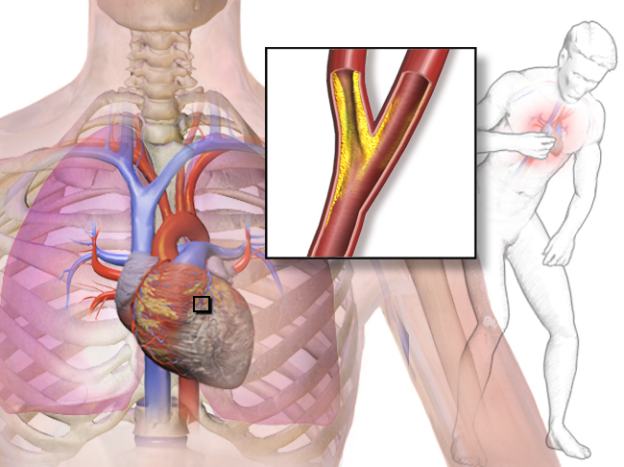
Angina Pectoric
Reduced blood flow to heart muscles causes chest pain called as angina pectoris. Angina is a symptom of coronary artery disease. A person may feel pain when insufficient oxygen-rich blood reaches the heart muscle. This reduced blood flow is caused by coronary artery disease. In coronary artery disease, there is an accumulation of plaque inside the coronary blood vessels. The pain associated with angina is typically described as squeezing, pressure, heaviness, tightness or pain in your chest. A common presentation as told by most patients is the feeling that ‘someone is standing on their chest’. The usual site of pain in angina is chest, but may also be felt in the shoulders, arms, neck, throat, jaw, or back.
Anginapectoriscan is a recurring problem or a sudden, acute health issue. Although angina is common, it can be hard to distinguish from other types of chest pain. The most common confounding factor is pain or discomfort of indigestion. Seek medical attention immediately if you have unexplained chest pain.


